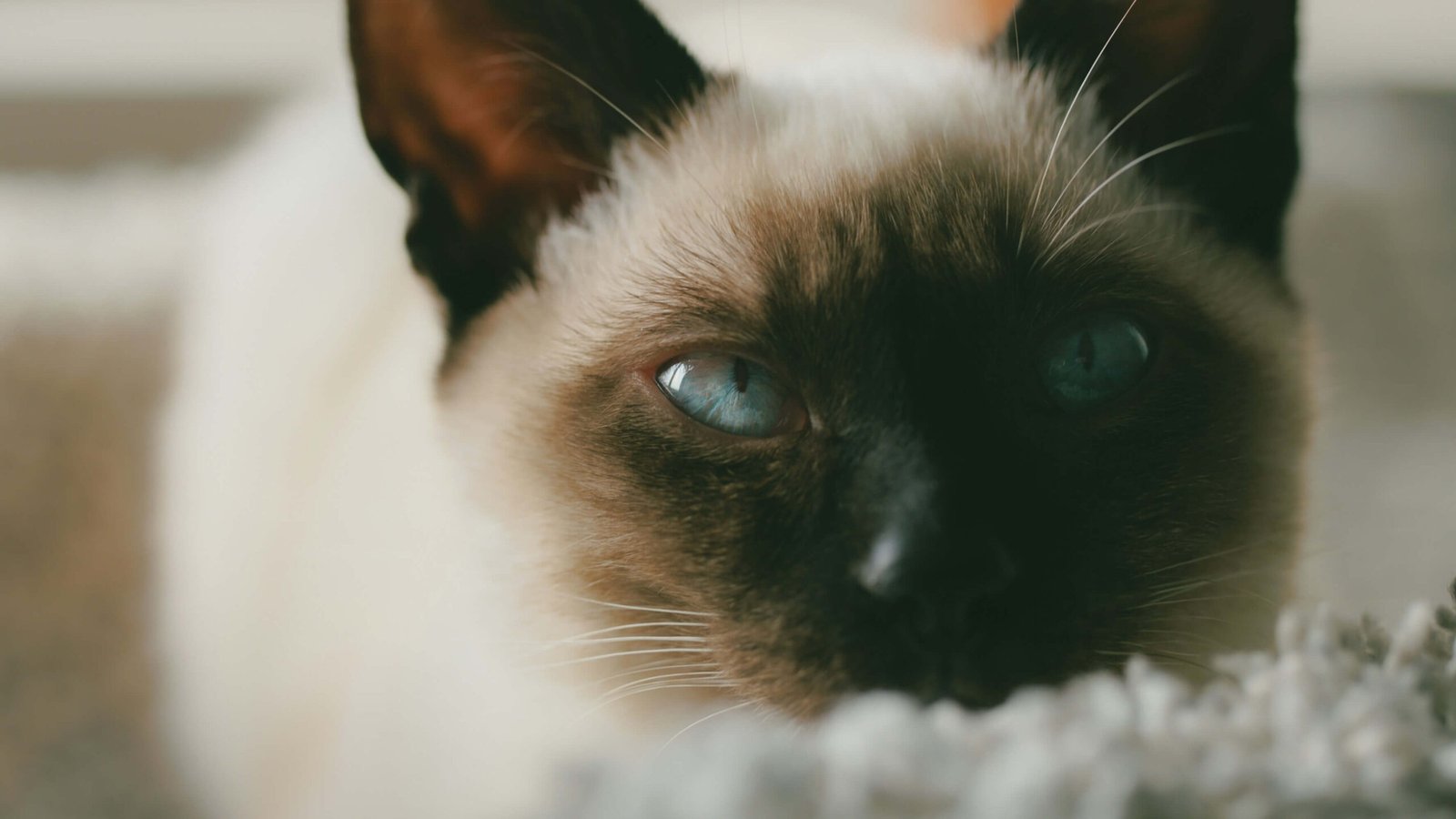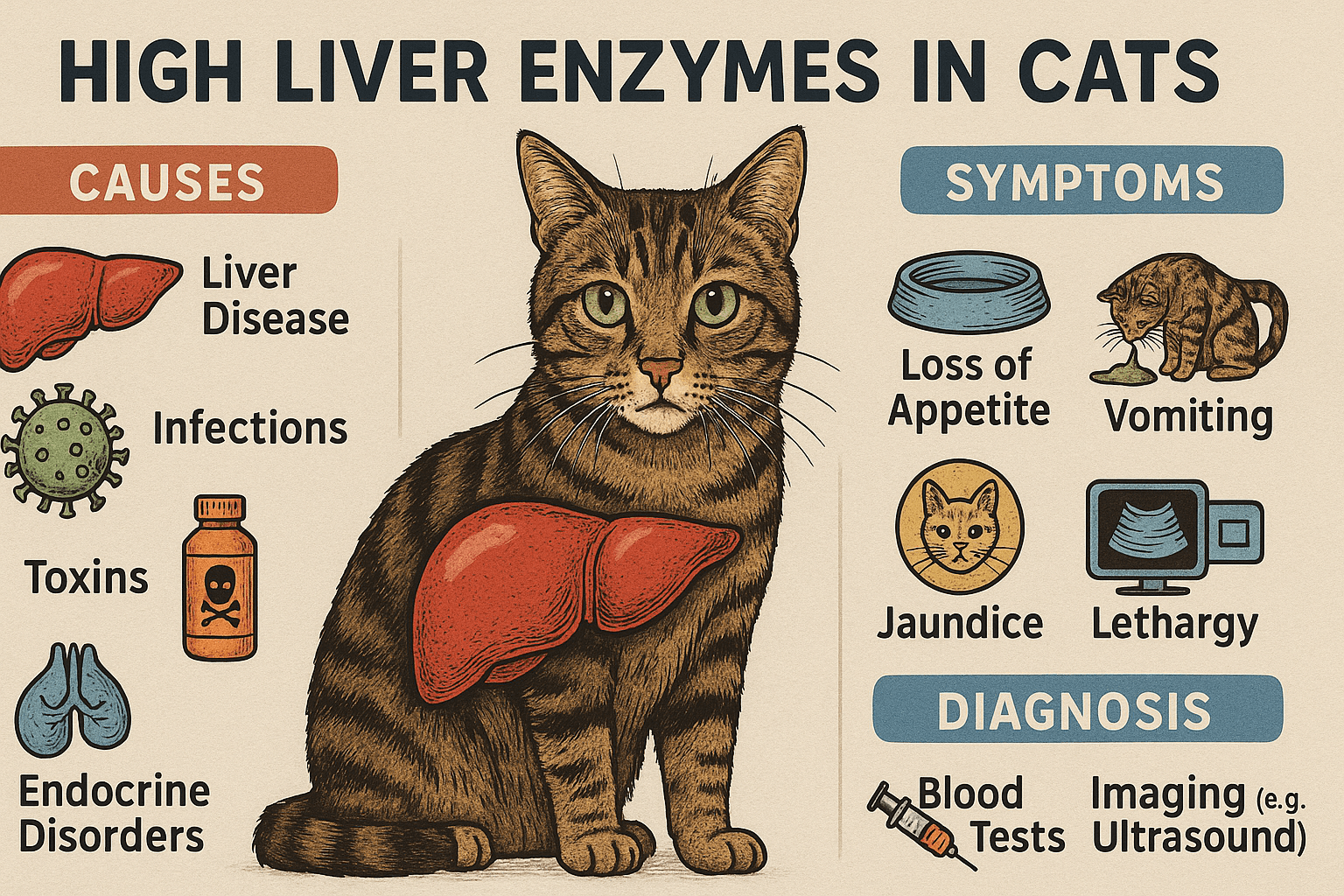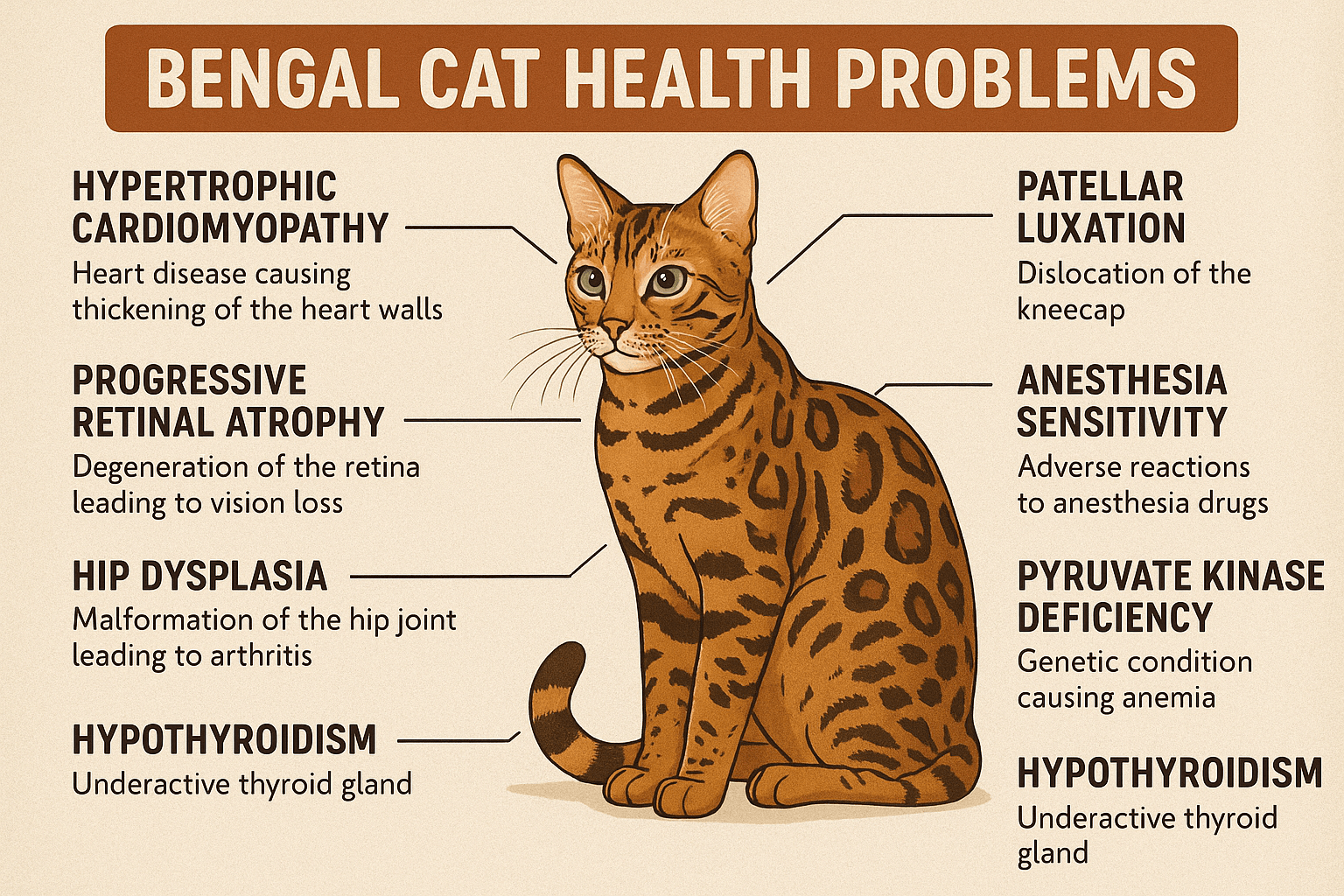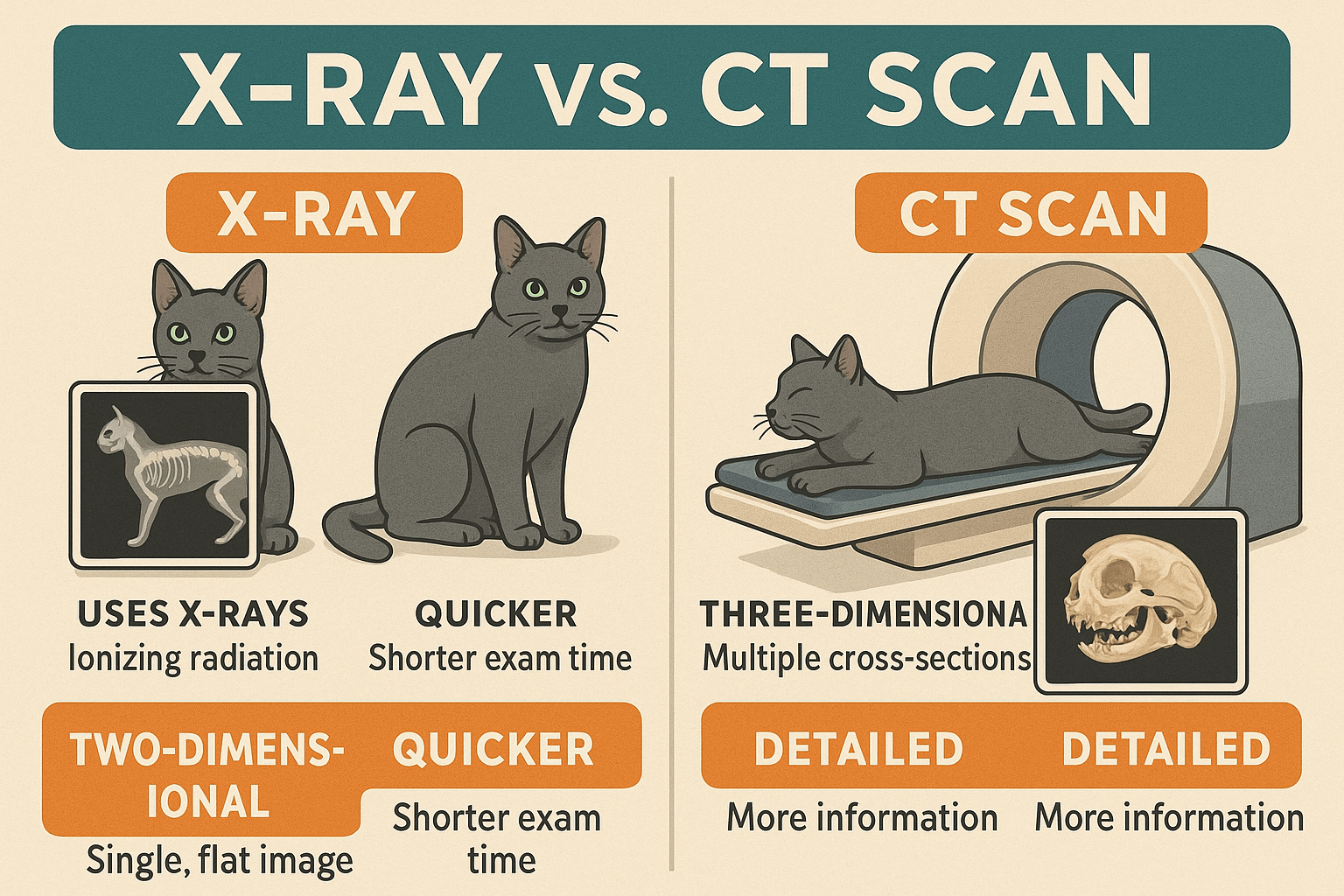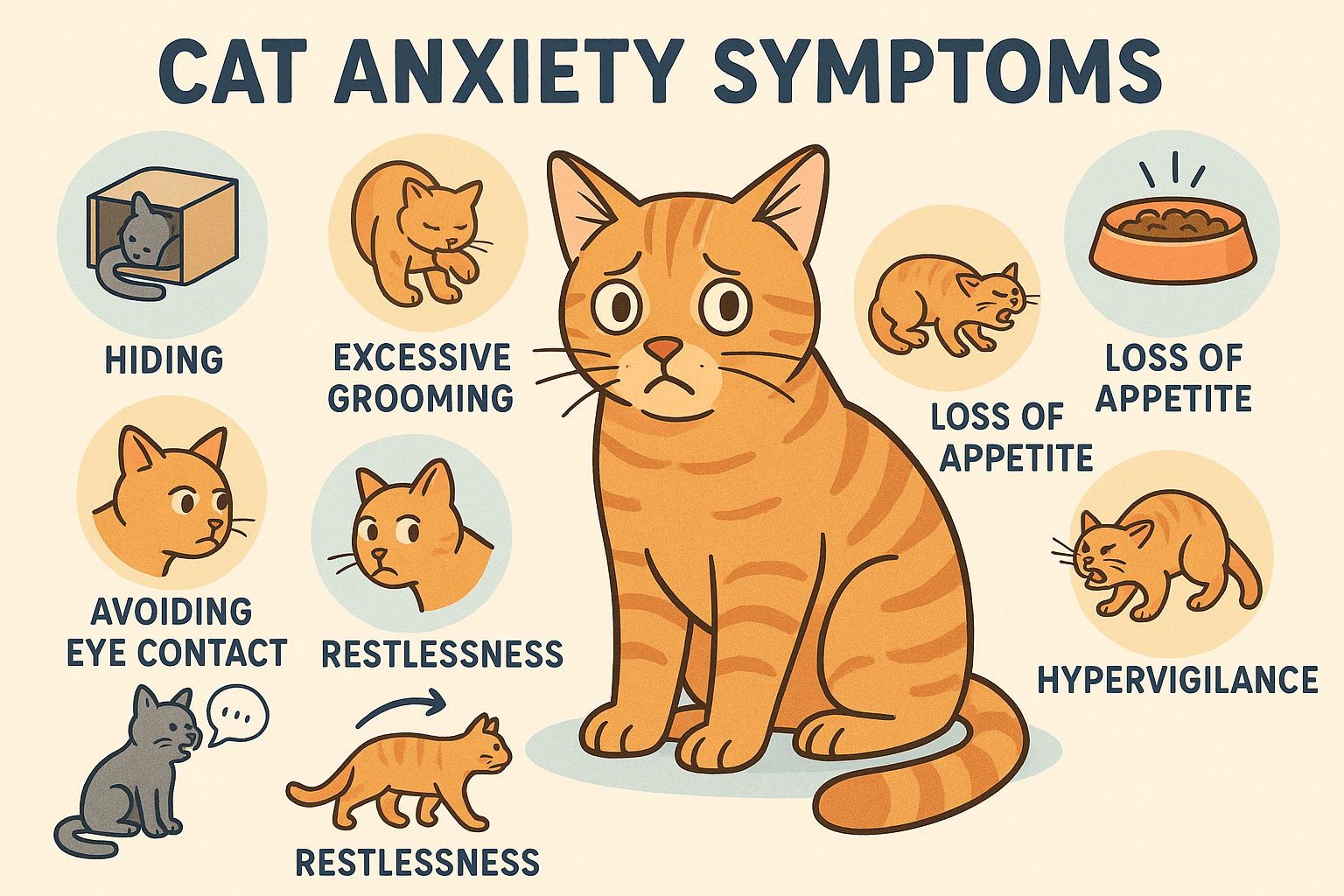Cat Chemotherapy: Understanding Treatment Options and Supporting Your Feline Friend
When a beloved cat is diagnosed with cancer, it can be an overwhelming and emotional experience for pet owners. Fortunately, advancements in veterinary medicine have made treatments like chemotherapy more accessible and effective for cats. While the idea of chemotherapy may sound daunting, it’s important to understand that feline cancer treatment is tailored to prioritize your cat’s comfort and quality of life. In this blog post, we’ll explore what cat chemotherapy entails, its benefits, potential side effects, and how you can support your furry companion through their journey. By gaining a deeper understanding of this treatment, you can make informed decisions and provide the best care for your cherished pet.
What Is Cat Chemotherapy? A Closer Look
Chemotherapy for cats involves the use of medications to target and destroy cancer cells or slow their growth. It’s often used for cancers that are aggressive or have spread beyond the initial site. Here’s what you need to know about this treatment:
Types of Cancer Treated
Chemotherapy can address various cancers, including lymphoma, leukemia, and certain types of tumors.How It Works
The medications attack rapidly dividing cells, which are characteristic of cancerous growths.Administration Methods
Chemotherapy drugs can be administered orally, intravenously, or via injections, depending on the treatment plan.Customized Protocols
Each cat receives a personalized treatment plan based on their specific condition and overall health.Focus on Comfort
Unlike human chemotherapy, feline protocols prioritize minimizing side effects to maintain quality of life.
Understanding the basics of chemotherapy helps demystify the process and highlights its role in managing feline cancer effectively.
Potential Benefits of Cat Chemotherapy
While chemotherapy isn’t a cure-all, it offers several benefits that can improve your cat’s prognosis and well-being. Here’s why veterinarians recommend this treatment:
Extended Lifespan
Chemotherapy can slow the progression of cancer, giving your cat more time with you.Improved Quality of Life
By reducing tumor size or symptoms, chemotherapy can alleviate discomfort and restore normal function.Targeted Treatment
Modern chemotherapy drugs are designed to minimize harm to healthy cells, focusing on cancerous ones.Combination Therapies
Chemotherapy is often combined with surgery or radiation for enhanced effectiveness.Hope in Difficult Times
For many pet owners, chemotherapy provides a sense of hope and control during a challenging diagnosis.
These benefits underscore the value of chemotherapy as a tool to help cats live longer, happier lives despite a cancer diagnosis.
Check this guide 👉Cat Stomach Tumor: Best 7 Expert Tips!
Check this guide 👉Understanding the Costs of Cat Surgery: Best 7 Expert Tips!
Check this guide 👉Understanding the Costs of Cat Cataract Surgery: Best 7 Tips
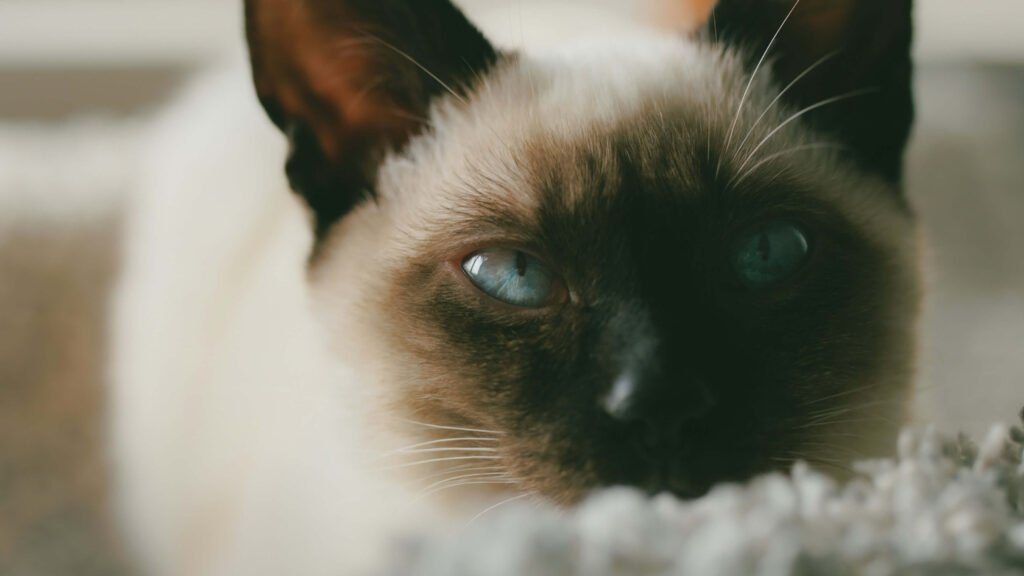
Aspect of Chemotherapy | Key Details |
|---|---|
Types of Cancer Treated | Lymphoma, leukemia, carcinomas |
Administration Methods | Oral, IV, injections |
Common Side Effects | Mild nausea, fatigue, appetite changes |
Duration of Treatment | Varies; typically weeks to months |
Focus of Treatment | Prioritizing comfort and quality of life |
Managing Side Effects of Cat Chemotherapy
While chemotherapy for cats is generally well-tolerated, some side effects may occur. Here’s how to recognize and manage them:
Mild Nausea
Cats may experience temporary nausea, which can be managed with anti-nausea medications prescribed by your vet.Appetite Changes
Offering highly palatable foods or warming meals slightly can encourage eating during treatment.Fatigue or Lethargy
Provide a quiet, comfortable space for your cat to rest and recover after sessions.Hair Loss
Unlike humans, most cats don’t lose significant amounts of fur, but some breeds may experience thinning.Increased Risk of Infections
Monitor your cat closely for signs of illness, as chemotherapy can temporarily suppress the immune system.
With proper care and attention, side effects can be minimized, allowing your cat to remain comfortable throughout treatment.
Supporting Your Cat During Chemotherapy
Caring for a cat undergoing chemotherapy requires patience, love, and practical adjustments. Here’s how you can provide the best support:
Create a Calm Environment
Reduce stress by maintaining a peaceful home environment free from loud noises or disruptions.Monitor Their Health Daily
Keep track of changes in behavior, appetite, or energy levels to report to your veterinarian.Offer Nutritious Meals
High-quality, easily digestible food ensures your cat receives the nutrients they need to stay strong.Provide Emotional Comfort
Spend extra time cuddling or playing gently to reassure your cat and strengthen your bond.Follow Veterinary Guidance
Adhere strictly to medication schedules and attend all follow-up appointments for optimal care.
By taking these steps, you can help your cat navigate chemotherapy with as little stress as possible.
Understanding the Emotional Impact on Pet Owners
Caring for a cat undergoing chemotherapy can take an emotional toll on pet owners. It’s important to acknowledge these feelings and find ways to cope. Here’s how you can navigate the emotional challenges:
Acknowledge Your Feelings
It’s normal to feel overwhelmed, scared, or even guilty about your cat’s diagnosis and treatment.Seek Support from Others
Connect with friends, family, or support groups for pet owners facing similar situations.Educate Yourself
Learning more about your cat’s condition and treatment options can help reduce anxiety and uncertainty.Practice Self-Care
Take time for yourself to recharge, whether through exercise, meditation, or hobbies you enjoy.Celebrate Small Wins
Focus on positive milestones, like a good day or a successful treatment session, to stay motivated.
By addressing your emotional needs, you’ll be better equipped to care for your cat with patience and resilience.
How to Prepare for Chemotherapy Appointments
Preparing for your cat’s chemotherapy appointments can make the process smoother and less stressful for both you and your pet. Here’s what you can do beforehand:
Gather Necessary Documents
Bring any medical records, test results, or notes from previous visits to ensure continuity of care.Plan for Transportation
Use a secure, comfortable carrier to transport your cat safely to and from the clinic.Pack Essentials
Include items like their favorite blanket, treats, or toys to keep them calm during the visit.Ask Questions in Advance
Write down any questions or concerns you have to discuss with the veterinarian during the appointment.Stay Calm and Reassuring
Cats can sense your emotions, so maintaining a calm demeanor helps reduce their stress.
Proper preparation ensures that chemotherapy appointments go as smoothly as possible for everyone involved.
Alternative Therapies to Complement Chemotherapy
While chemotherapy is often the primary treatment for feline cancer, alternative therapies can complement it and improve your cat’s overall well-being. Here are some options to consider:
Nutritional Supplements
Omega-3 fatty acids, antioxidants, and vitamins may support immune health and recovery.Acupuncture
This traditional therapy can help alleviate pain and improve energy flow in cats undergoing treatment.Herbal Remedies
Some herbs, like turmeric or milk thistle, may have anti-inflammatory or liver-supportive properties.Massage Therapy
Gentle massage can reduce muscle tension, promote relaxation, and enhance circulation.Environmental Enrichment
Providing mental stimulation through toys, puzzles, or interactive play keeps your cat engaged and happy.
Incorporating these complementary therapies can enhance your cat’s comfort and quality of life during chemotherapy.
Frequently Asked Questions About Cat Chemotherapy
Is chemotherapy painful for my cat?
No, chemotherapy itself isn’t painful, but mild side effects like nausea may occur and are manageable.
How long does chemotherapy last?
Treatment duration varies depending on the type of cancer and protocol, ranging from weeks to months.
Will my cat lose all their fur?
Most cats don’t lose significant fur, though some breeds may experience minor thinning.
Can I continue my cat’s regular routine?
Yes, maintaining a familiar routine helps reduce stress, but avoid exposing your cat to sick animals.
How much does cat chemotherapy cost?
Costs vary widely based on location and treatment plan, so discuss financial options with your vet.
Empowering Your Cat’s Journey Through Chemotherapy
Facing a cancer diagnosis in your cat is undoubtedly challenging, but chemotherapy offers a pathway to extend their life and enhance their well-being. By understanding the treatment process, managing side effects, and providing unwavering support, you can ensure your feline friend remains comfortable and loved every step of the way. Remember, you’re not alone—your veterinarian is there to guide you, and countless resources are available to help you navigate this journey. With compassion and dedication, you can give your cat the gift of more precious moments together, filled with joy and companionship.
High Liver Enzymes in Cats: Best 7 Expert Tips! Discover causes, symptoms, and treatment options for elevated liver enzymes in cats. Learn how to support your cat’s liver health effectively.
Bengal Cat Health Problems: Best 7 Expert Tips! Discover expert advice on common Bengal cat health issues, preventive care, and tips to keep your feline friend healthy and happy for years to come.
X-Ray vs CT Scan for Cats: Best 7 Expert Tips! Discover key differences, benefits, and expert advice on choosing the right imaging method for your cat’s health needs.
Cat Anxiety Symptoms: Best 7 Expert Tips! Discover signs of feline stress, effective calming strategies, and expert advice to help your cat feel safe, happy, and relaxed at home.

